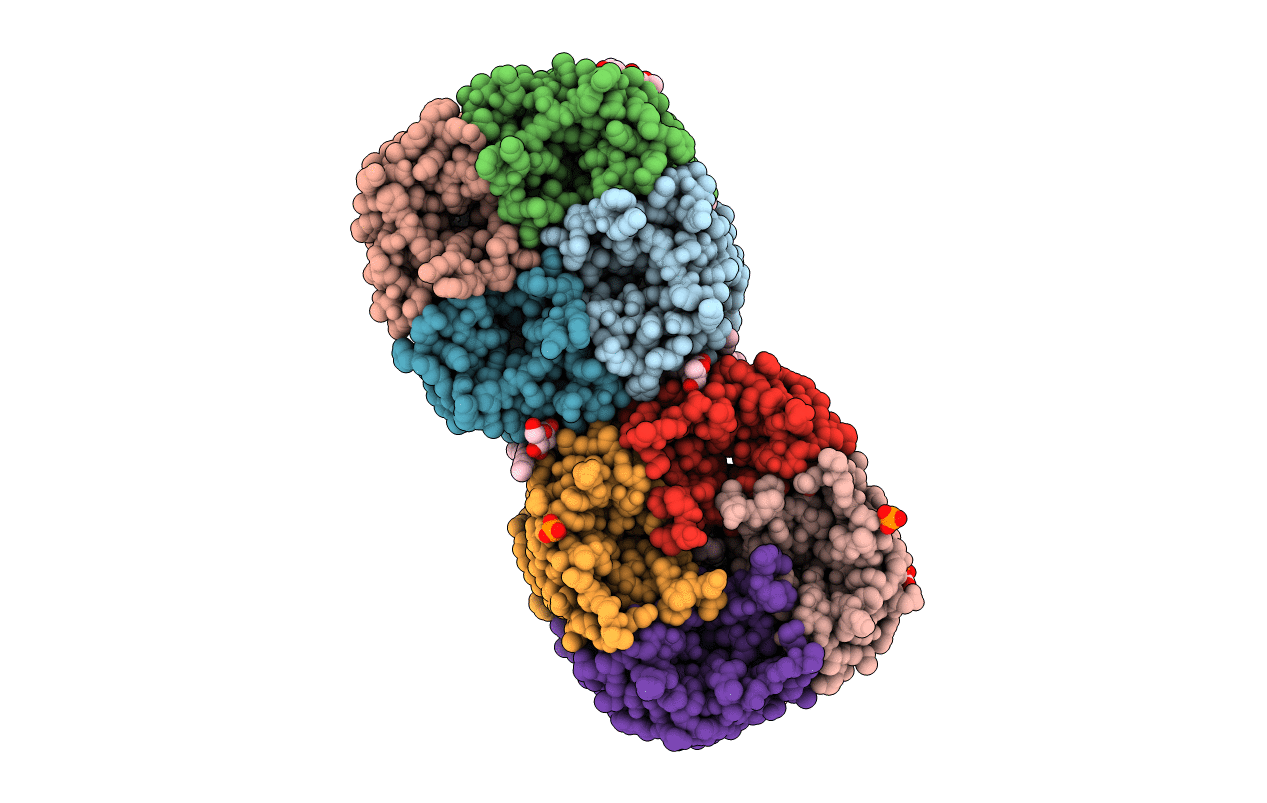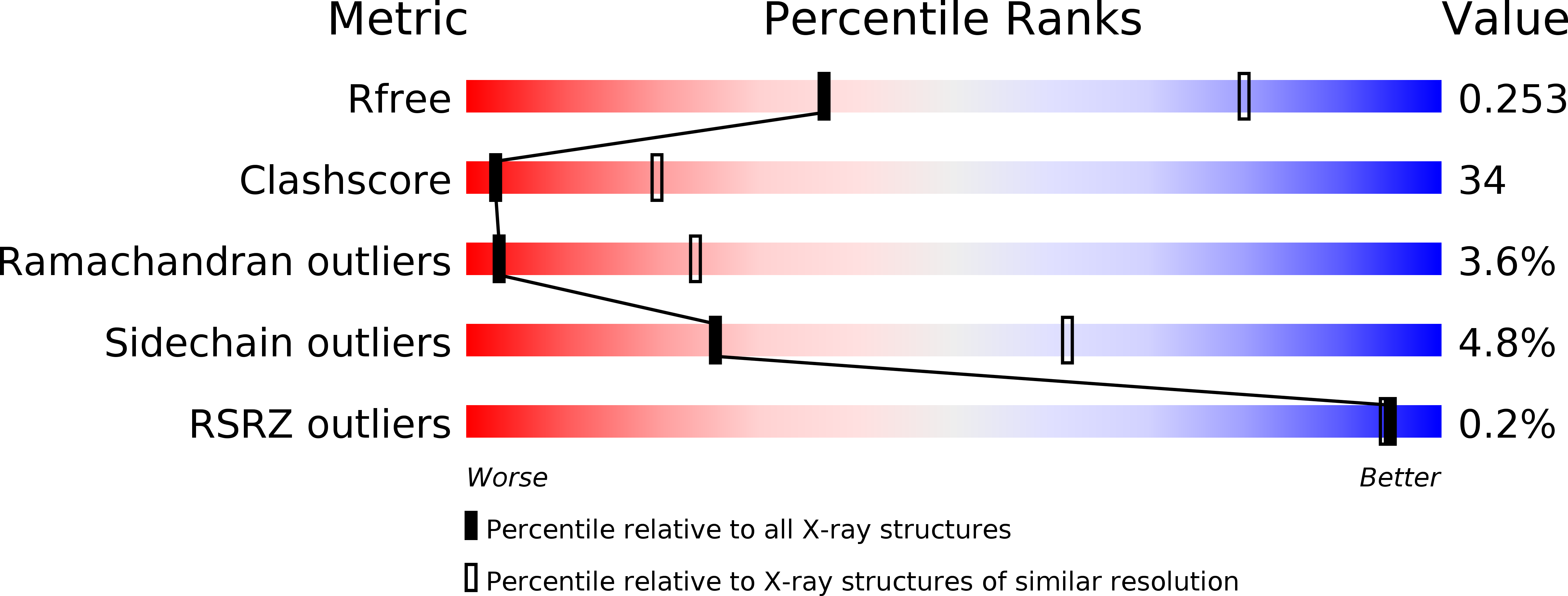
Deposition Date
2005-07-15
Release Date
2005-09-20
Last Version Date
2023-08-23
Entry Detail
PDB ID:
2ABM
Keywords:
Title:
Crystal Structure of Aquaporin Z Tetramer Reveals both Open and Closed Water-conducting Channels
Biological Source:
Source Organism:
Escherichia coli (Taxon ID: 562)
Host Organism:
Method Details:
Experimental Method:
Resolution:
3.20 Å
R-Value Free:
0.24
R-Value Work:
0.18
R-Value Observed:
0.18
Space Group:
P 41 2 2


